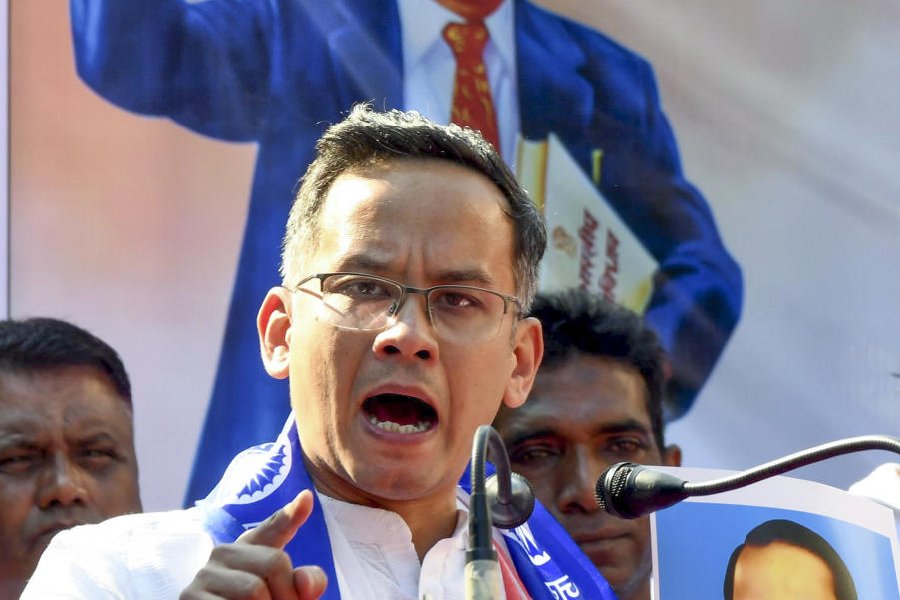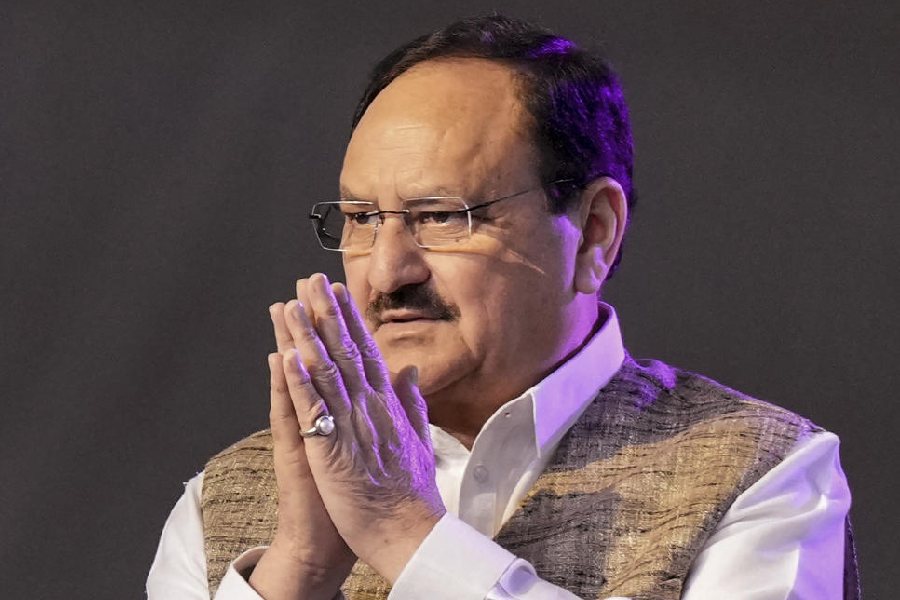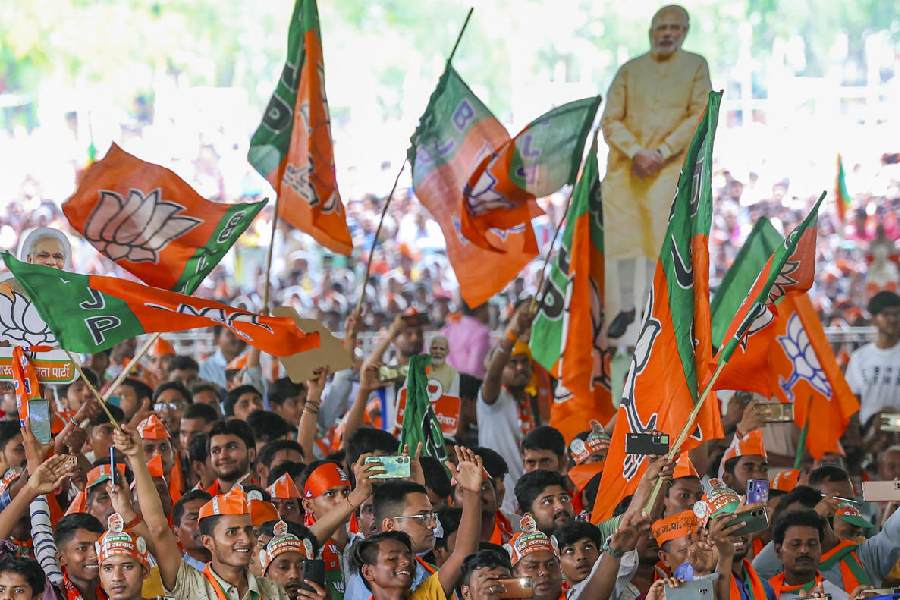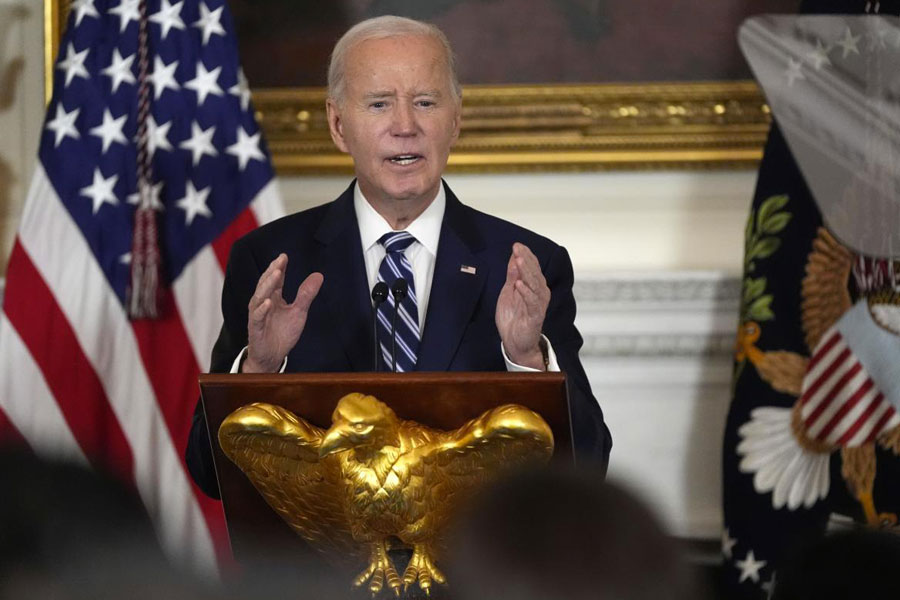School textbooks are foundational not only in their lessons but also in their unspoken messages. Researchers from the Center for Global Development in Washington DC have found sexism inherent in the vocabulary of Indian textbooks by studying 60 books of the National Council of Educational Research and Training and 406 state board textbooks from 10 states. Gender roles are distinguished by the way words are used. The language used around work, achievement, authority, power, effort and so on demonstrates a male bias, whereas women are associated with home, cooking, beauty, ugliness and similar words. While men preach — a touch of truth? — reveal and reflect, women sing, marry, cook and, inevitably, scream. Taken further, the hidden images that might emerge are those of the strong and silent hero protecting the pretty, wilting heroine of certain types of popular romance. But the gender bias in school books cannot be treated light-heartedly. The researchers referred to a 2022 study by the Pew Research Center on gender roles in Indian families and society. It had found that most Indians would believe that when jobs are scarce, men should have more job rights than women, and that marriages are most satisfying when the man provides and the woman looks after the home and children. In other words, equality of rights and the distribution of work are not contemplated.
The Global Development researchers studied whether gender representation in textbooks could be correlated with the attitudes towards women that Pew had found. Although there were some surprising results — Gujarat had high female representation in textbooks and the least progressive gender attitude, for example — the correlations are telling. The two sets of researchers presented a cycle of bias: gendered differences in textbooks are found in a society that believes men should go out to work and women should nurture and keep house. This then becomes part of the foundational learning of new generations who will perpetuate these biases. In India, this is more than harmful, it is dangerous. Training children in an understanding of equality and in mutual respect is of primary importance in a country where male and institutional oppression, envy, distorted gender values and caste entitlements express themselves in repeated violence against women. School textbooks and classrooms are a good place to begin the change.











